Rainbow Six Siege’s biggest and most prestigious event, the Six Invitational, is just around the corner.
Traditionally, Rainbow Six Siege is not an easy game to just pick up and watch. There are a ton of phases that can be confusing; the strategy that occurs in the round is hard to follow; without constant facecams, all the teams seem to blend together for new players; the terminology is obscure—the list goes on and on and on.
How does the tournament work?
Current map pool
Theme Park – An abandoned, derelict, sometimes spooky theme park in Hong Kong. Theme Park is relatively new to the map pool and is incredibly defender-sided. Don’t be surprised to see 5-1 defensive halves for both teams.
Coastline – A luxury hotel on the shores of Ibiza, Spain, Coastline is fast-paced and colorful. It’s unlike any other map, and its small size and destructibility promote aggression at every second. It’s one of the only maps in the pool that favors attackers.
Clubhouse – Based in Hanover, Germany, this map features a biker gang’s hideout. It’s an iconic, beloved map, and arguably one of the most strategic in the map pool. This is the Dust 2 of Rainbow Six Siege.
Oregon – Oregon is in, well, Oregon. The official Ubisoft website lists it as a “survivalist hideout,” but let’s be real, this is cult stuff. Oregon is widely liked, especially after its very recent rework to give teams more options in how they attack bombsites.
Kafe Dostoyevsky – Kafe is based in Moscow, Russia and is essentially a high-class restaurant with three floors. It’s another map that got a rework, and it’s also incredibly defender-sided. The “pixel” spot upstairs sees a ton of action and is home to some of the most interesting recent innovations in defensive strategy.
Consulate – This French consulate in the Ivory Coast has seen some happier days based on the debris and bullet holes everywhere. Consulate also plays fast and is attacker-sided but is distinct from Coastline in the fact that hard breachers are necessary. A big key to winning Consulate is the attacking players on window rappels. Killing them with runouts can free up easier rotations for defenders.
Villa – Head on out to the Tuscany, Italy countryside in this classic Italian villa. Villa is massive—one of the biggest maps in the game—and has been both attacker and defender sided in the past, depending on the meta. Heading into SI, Villa is an extremely key map, as most teams prefer to play Clubhouse, Oregon, Kafe, and Consulate. A sneaky Villa pick could grant easier wins to teams who know how to play it.
Pre-round
Once the maps are selected, the players will load into the first map’s lobby. Once they’re loaded in and the game begins, there are several phases.
Operator ban phase – This is where you can see the strategy of some teams come to light. The operators banned before the first round cannot be used by either team in the map they’re banned in. Once the map is won and we advance to the second or the third map, there will be another individual operator ban phase with one operator ban phase per map.
Operator selection phase – This is where teams pick their five-operator lineup they bring into that specific round. The operator selection phase happens before every individual round, and teams are not locked in to their initial selections over the course of the match. To learn more about operator combinations, visit the Operators section. In competitive play, the teams can see which operators the other team selected during the reveal phase, which is short and comes directly after.
Sixth pick phase – Teams have a chance to “sixth pick” after the reveal phase. They can change precisely one operator in their lineup after seeing the enemy’s lineup. This can happen only once per round and is often used to hide operator selections that could drastically impact how the defense sets up their site.
Preparation phase – The defenders load into the map, and can begin “setting up their site.” This can involve placing reinforcements, using shotguns to create lines of sight, and placing their gadgets to create advantages for their team. The attackers are loaded in as well, but are on their “drones,” small, two-wheeled camera devices they can use to scout out defenders. The prep phase lasts 45 seconds and will mostly be shown by the observers in the top-down view, so the audience can see exactly how the defense is setting up their bomb site. Each team holds each bomb site differently, and the ability to change the map before each individual round is part of what makes Rainbow Six a unique experience in the tactical shooter genre.
Round begins
Action phase – This is the actual round, where kills start to come through. The offense spawns outside the building, and makes their way into the building to challenge the defense. The offense has a “defuser” and has to plant it to disarm the bombs of the defenders.
Note: The lore justification for this terminology is that Team Rainbow are running simulations of past scenarios against members of their own team to increase their skills. The bad guys (played by the defending operators of Team Rainbow) have planted bombs, and the attackers’ job is to defuse them.
The round timer is long, with the attackers having three full minutes to plant the defuser. If the attackers are planting the defuser as the time runs out, the round does not end, and the attacker can plant. It doesn’t matter if you plant at 2:45 or 0:02, if you’re in the planting process you are allowed to finish.
During these three minutes, the attackers and defenders jockey for position, utilitzing their gadgets unique to their operators and secondary gadgets that are more generalized to create advantageous scenarios.
When the defuser is planted, the sides effectively flip. The attackers have to cover the stable defuser while the defenders have to push out to destroy it. The destroying of the defuser is the same timer/function as planting the defuser. It takes seven seconds and you have to be completely still and vulnerable while doing it, with one key difference: The defenders do not get the extra “overtime” time to destroy. Put simply:
- Three minutes (round) – Attackers have to plant the defuser and can continue planting if time runs out.
- 45 seconds (post-defuser plant) – The defenders have 45 seconds to destroy the stationary defuser and need at least seven of the 45 seconds to destroy the defuser.
The round is over if one team kills all of the member of the other team, with the victory going to the last team standing. If the attackers don’t at least begin planting before the three minutes of the round are up, the defenders win. If the defenders cannot destroy the planted defuser in time, or all die after the defuser is planted, the attackers win.
Meet the teams
BDS Esport – This all-French team is one of Europe’s finest. Boasting perhaps the best mechanical player in the world, entry Stéphane “Shaiiko” Lebleu, BDS are assuredly one of the favorites heading into Rainbow Six Siege’s biggest tournament. They made last Six Invitational’s main stage, and have only improved after the addition of Loïc “BriD” Chongthep. If you’re a fan of flashy play, frontrunners, and European teams, cheering for BDS is for you.
Cloud9 – The revamped all-Korean team out of the APAC region isn’t one to take lightly. APAC is known for its unbridled aggression and tendency to scrap for every single inch of map control, no matter how strategically important it is. When Cloud9 are in the server, no spawn is safe. The additions of Hyojun “Harp3r” Lee and Dongseon “SyAIL” Song revitalized the team following their failure to qualify for SI 2020. They’re APAC’s August Mini-Major champions and made the grand finals in November.
DarkZero Esports – DarkZero are arguably the best pre-match team in Rainbow Six Siege. If they have a weakness, it’s adaptability in the middle of matches. But when the pre-match gameplan puts DarkZero in an early lead, they’re hard to dig out of it. Paul “Hyper” Kontopanagiotis is one of the best players in the world, and his supporting cast does a great job of setting the team up for success. The X-factor to keep your eye on is Tyler “Ecl9pse” McMullin. If he has a good tournament, DarkZero could easily take home the hammer.
FaZe Clan – FaZe Clan are iconic in Brazilian Rainbow Six Siege. This is a core roster that has qualified for every single Six Invitational, but the only player remaining from that initial Team Fontt/Santos Dexterity roster is Leonardo “Astro” Luis (João “yoona” Gabriel Nerici returned in FaZe Clan’s inception). Despite making every SI, FaZe have yet to live up to potential on R6’s biggest stage.
G2 Esports – The G2 roster needs no introduction to anyone tangentially involved with Rainbow Six Siege. For about two years, this roster was the best in the world, and no one really came close. Then a changing of the guard became official after G2’s loss to Team Empire at the 2019 Raleigh Major, and they have been scrapping to get back to the top since.
Giants Gaming – If you’re looking for an underdog to cheer for, look no further than Giants Gaming. The all-Singaporean roster has faced tons of obstacles, including losing practice time to national service and undergraduate degrees. The MVP of the APAC November Six Mini-Major, Matin “SpeakEasy” Yunos, comes home from his National Service with the Singaporean Police Force every day to practice Rainbow Six Siege all night with the team.
MiBR – MiBR might be getting hot at the right time. They’ll be looking to move past last year’s Six Invitational results, which saw them moving out of groups but immediately running into a buzzsaw in bracket play in the form of Spacestation Gaming and then BDS in the losers bracket.
Ninjas In Pyjamas – You might know NiP for their formidable CS:GO European rosters, but in Rainbow Six NiP represents the finest of Brazil. Murilo “Muzi” Moscatelli and Gustavo “Psycho” Rigal are bona-fide stars, and this exact team was a couple rounds away from winning last year’s Six Invitational. Make no mistake, LATAM teams sometimes don’t get the respect they should, and you should respect NiP. This is an organized, talented, and hungry team that has to be eager to obtain the hammer.
Oxygen Esports – Oxygen hail from North America and in the right situations could be a dark horse. This roster, under the Team Reciprocity banner, made the semifinals in SI 2019, and has been in the upper tier of NA for years. Davide “FoxA” Bucci and Gabriel “LaXing” Mirelez are household names in North America. Of course, they’re still underdogs, but they’re underdogs that’ve beaten the odds before.
Spacestation Gaming – The kings of North America and the reigning Six Invitational champions are back to defend their crown. Spacestation are a calculating team that excels in mid-game adaptations and adapting to challenging situations well. Their X-Factor is Dylan “Bosco” Bosco, who might be the world’s hardest Smoke player to kill. Bosco is a two-time Invitational champion, having won the 2017 XBOX Invite.
Team Empire – The all-Russian roster of Team Empire plays like the rest of the world’s stereotype of Russians—with brute force. They’re going to play their game, they’re going to go to the same spots round after round and execute a very similar plan and dare you to beat them at their game. The resurgence of Danil “JoyStiCk” Gabov, aka “The Russian Cyborg,” and the emergence of Dmitry “Always” Mitrahovich have Team Empire playing like their old selves after a disappointing end to 2019 and beginning of 2020.
Team Liquid – NiP are currently the best in Brazil in international play, but overall the quintessential Brazilian roster is Team Liquid. André “nesk” Oliveira is regarded as one of the best players to have ever touched Rainbow Six, and the emergence of Luccas “Paluh” Molina has helped stabilize the team. Liquid are extremely streaky, and in tournaments it seems like they’re either in the finals or out in groups.
Team oNe eSports – Another Brazilian team that fought their way up from Challenger League in 2019, Team oNe had an excellent BR6 regular season. While they’ve seen some success, they still aren’t mentioned with the Brazilian big dogs of MiBR, FaZe, Liquid, and NiP just yet. They’re excellent, but the others have been good for a very long time. They’ll be underdogs at SI, but definitely can’t be taken lightly.
FURIA – FURIA qualified through the LATAM Qualifier tournament, beating out the likes of Malvinias, Estral, and INTZ for the final spot. They have some experience, but will be heavy underdogs, even in the group stage.
TSM – North America’s biggest hope for a repeat title lies in the hands of the black, red, and white-clad TSM team, complete with superstar Jason “Beaulo” Doty at the helm. This team won the NA November Mini-Major and the U.S. Division Finals, which were held on LAN, in a dominant fashion. The team isn’t just Beaulo either, Bryan “Merc” Wrzek is one of the best true entry players in the world, and the addition of Braden “Chala” Davenport has this team firing on all cylinders. They’re the heavy favorites from NA, and many would argue they’re the favorites to win the entire tournament.
Virtus.Pro – The second all-Russian team to make SI, VP have carved out a space for themselves in EUL, even if they haven’t had a large amount of international success. They qualified for the August and November Mini-Majors but fell to BDS in the semifinal round of both. VP are dark horses in every sense of the word. They could fall in groups or they could make the main stage and give the top-tier contenders a run for their money.
CYCLOPS Athlete Gaming – Often abbreviated as “CAG”, CYCLOPS scored an SI spot by burning through the APAC Qualifiers. CAG are a long-time middle-tear APAC all-Japanese squad, who have had some serious shining moments. They made both the August and November Mini-Majors, and could spring an upset or two in the right situations.
MKers – Pronounced “Makers,” this team of youngsters qualified for SI by burning through the EU qualifier, beating out big-name teams like Rogue and Vitality in the process. The all-Italian team played excellently—so excellently they came under cheating accusations almost immediately after defeating Tempra in the finals 3-1. If they continue their spree, they could be a challenge for more entrenched teams to beat. But that’s a big “if” statement.
Parabellum – Altiora, an all-Canadian squad, secured NA’s Qualifier spot. Part of their team is French-Canadian, and sometimes they give each other pep talks in other languages which are indecipherable to half the team. Altiora left the R6 scene after the postponement of the Invitational, and the SI invitation and majority of the roster went to Parabellum.


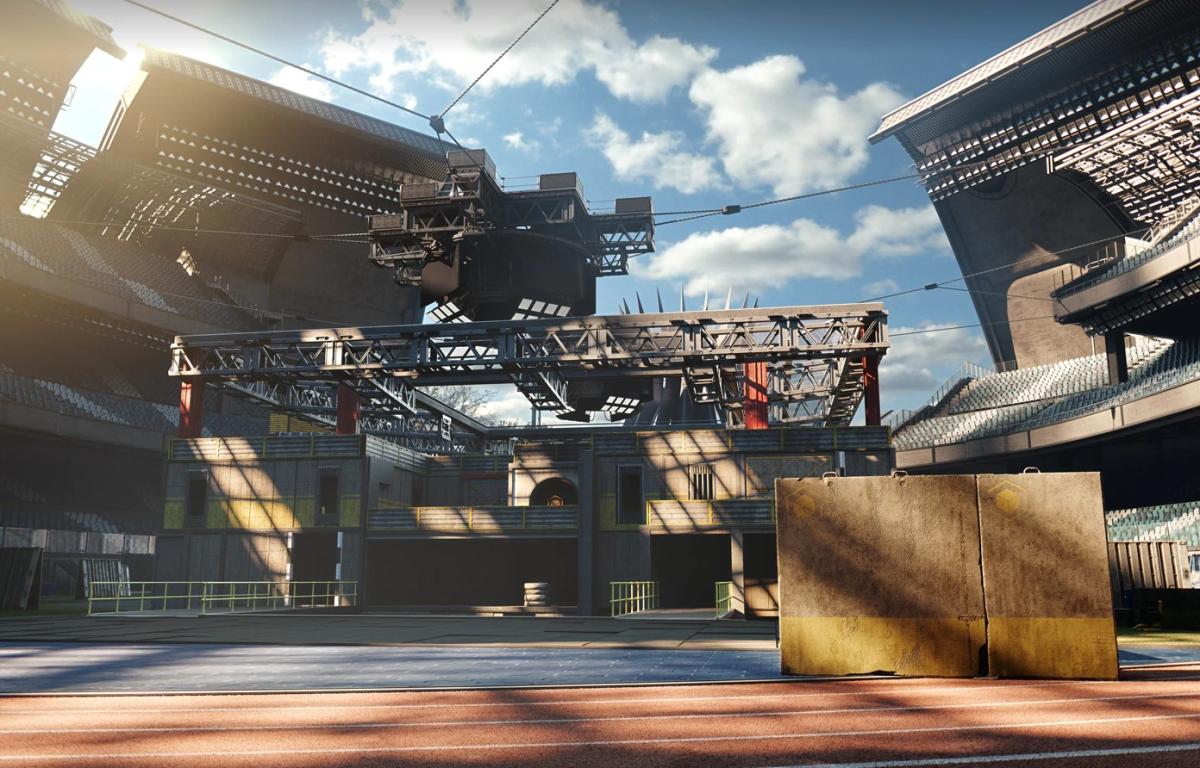
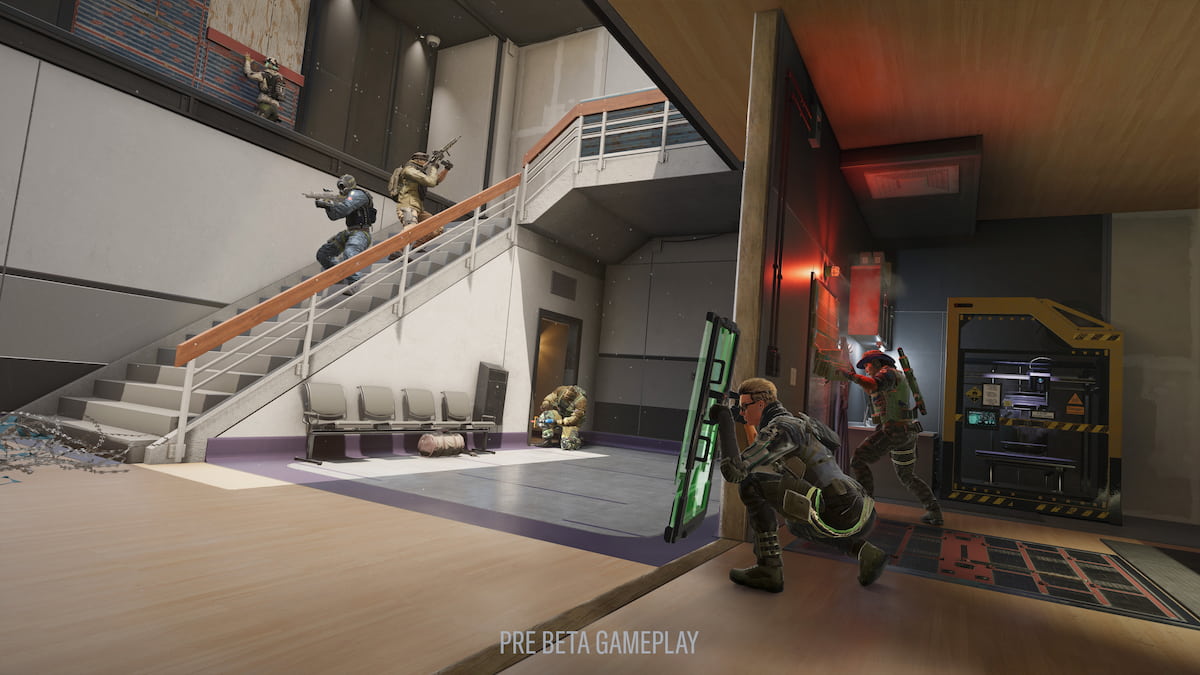
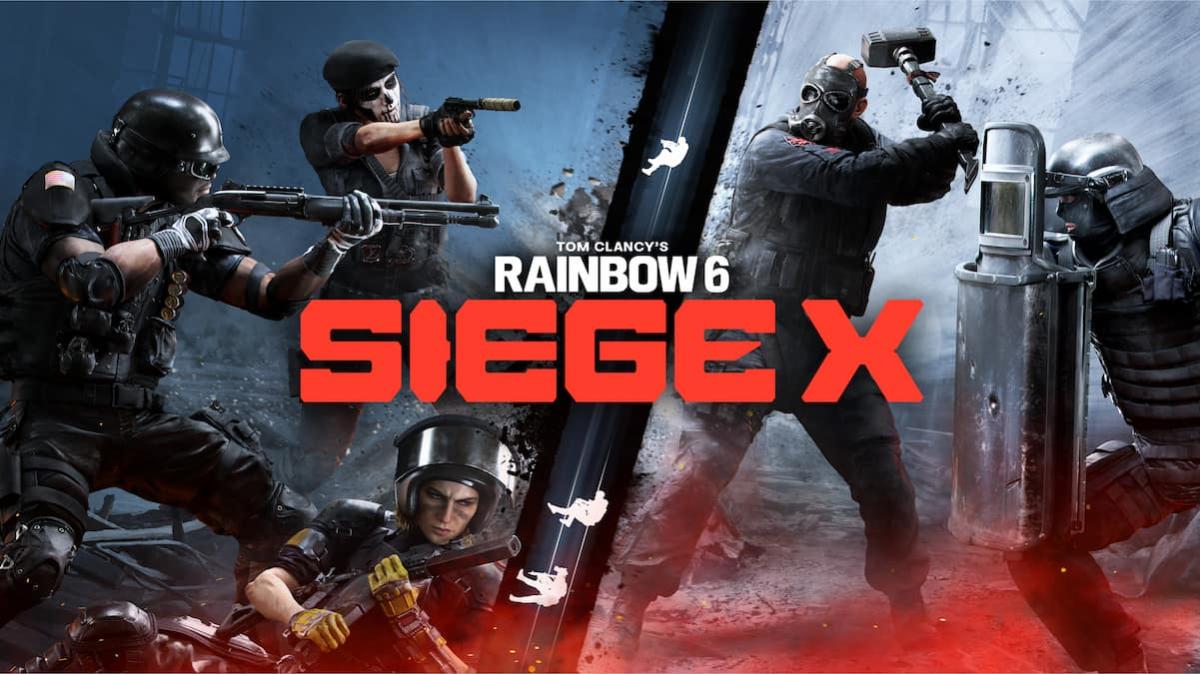
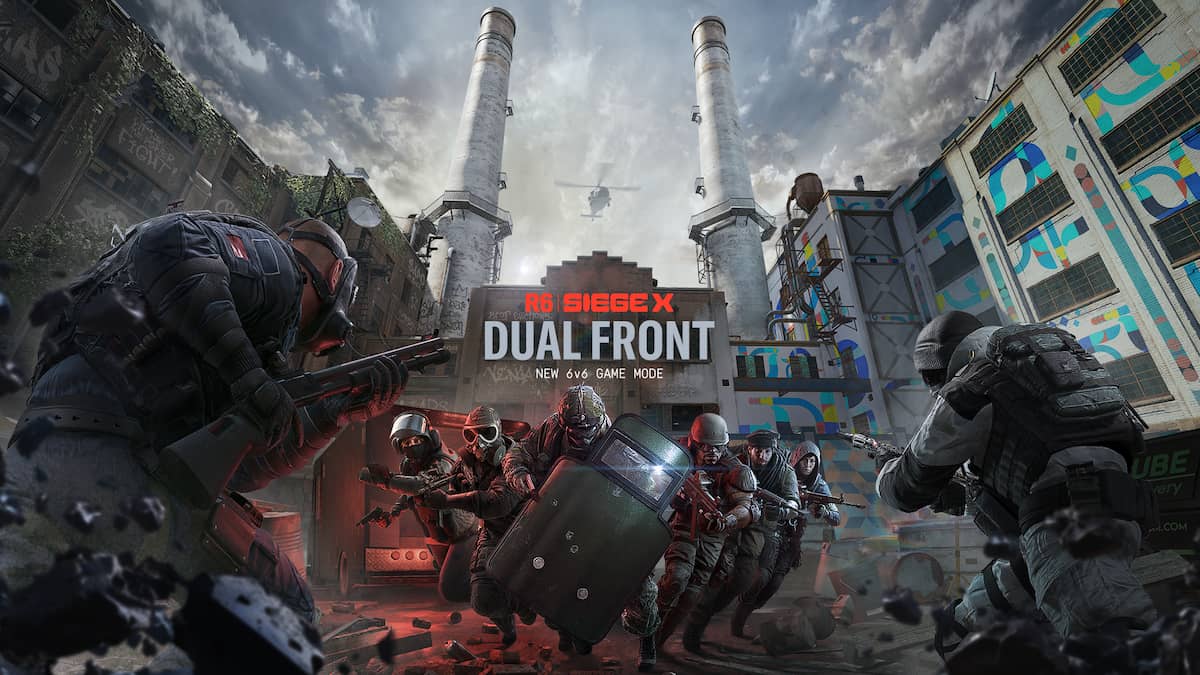
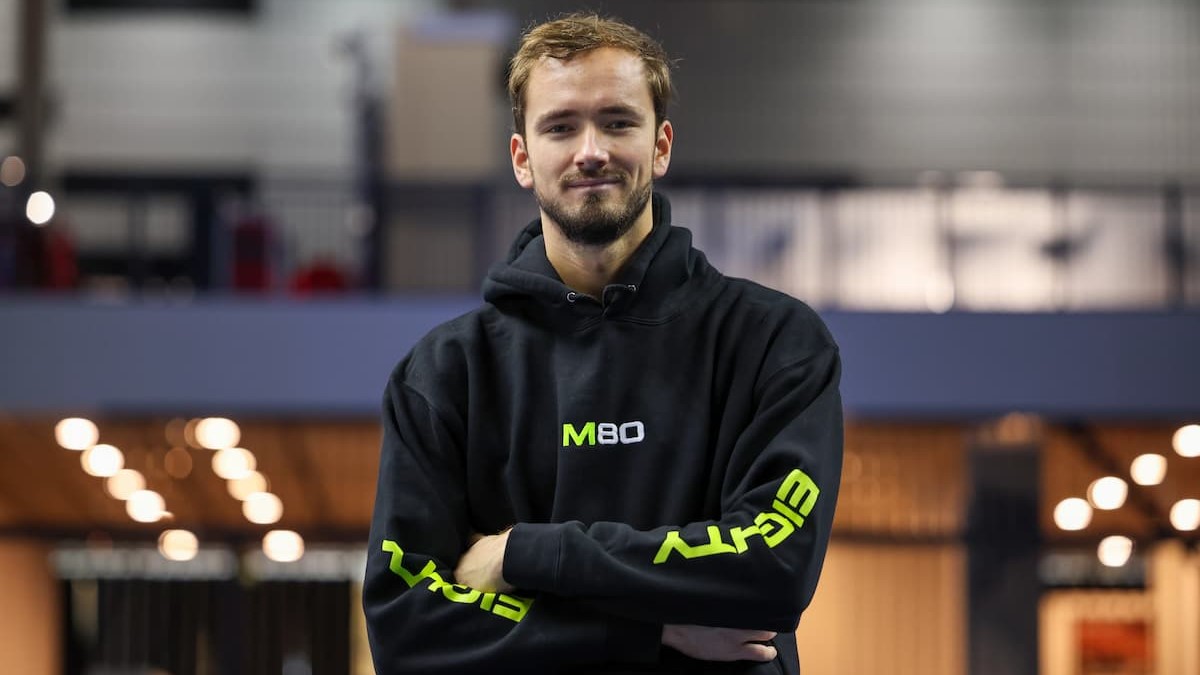
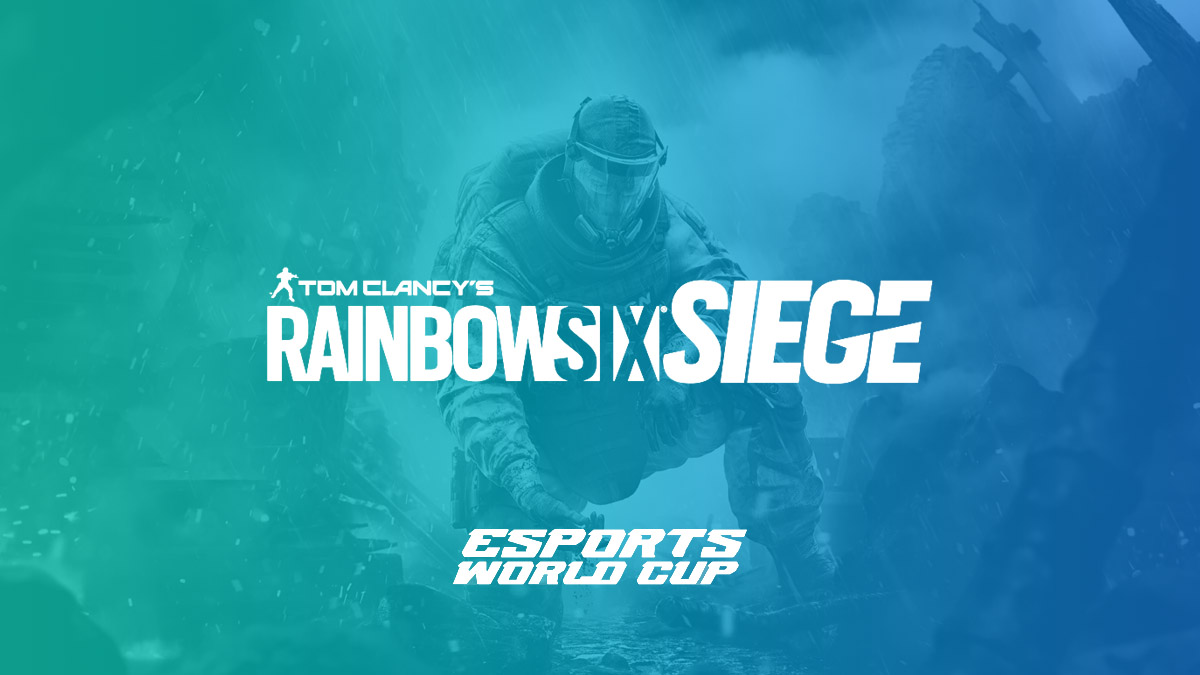

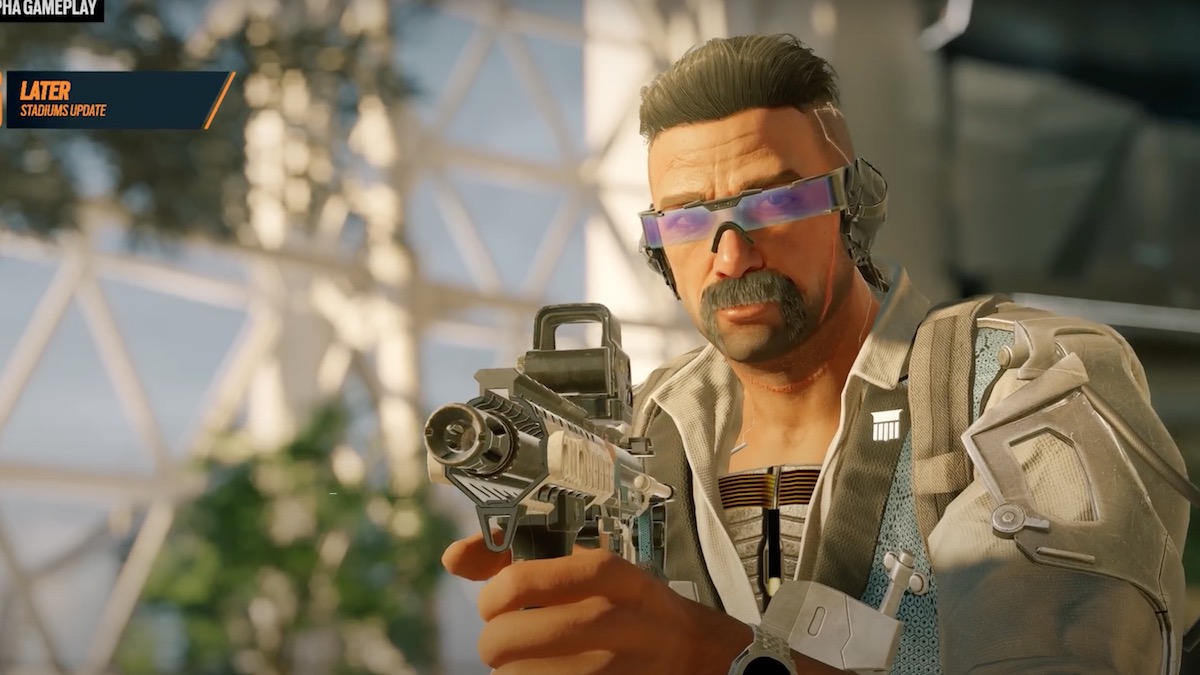

Published: Apr 20, 2021 01:58 pm